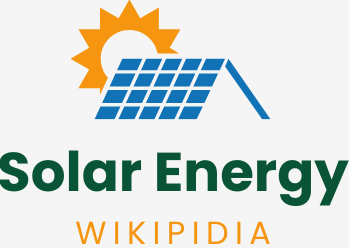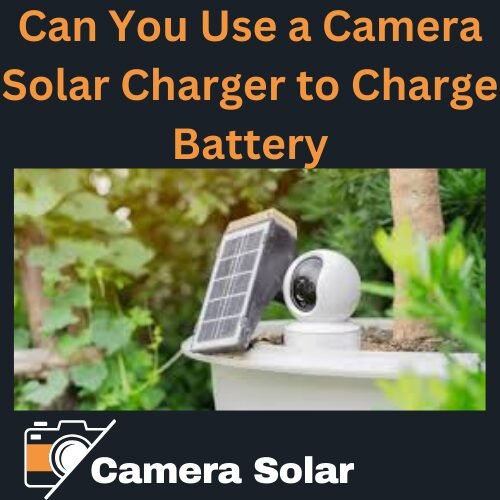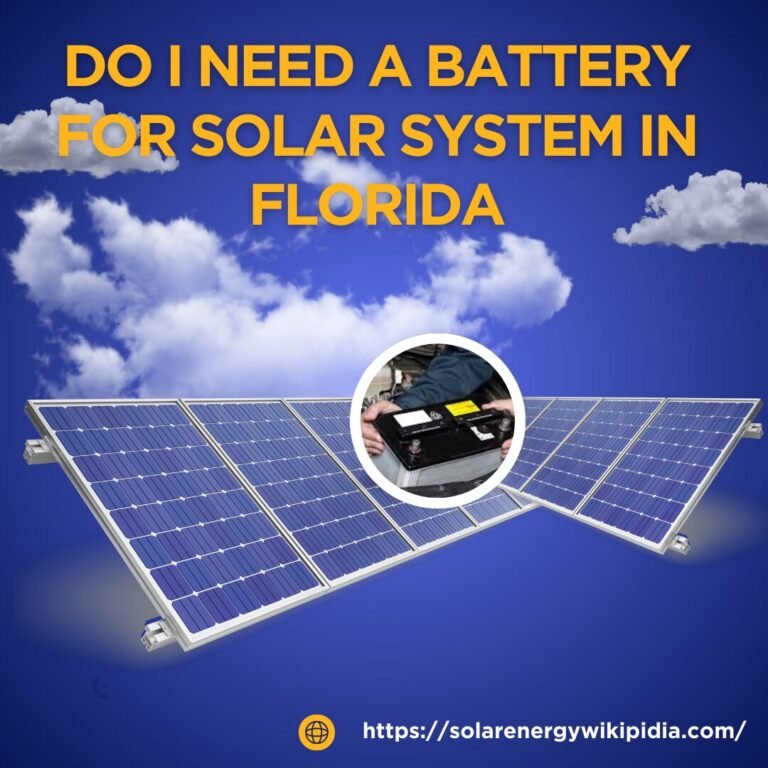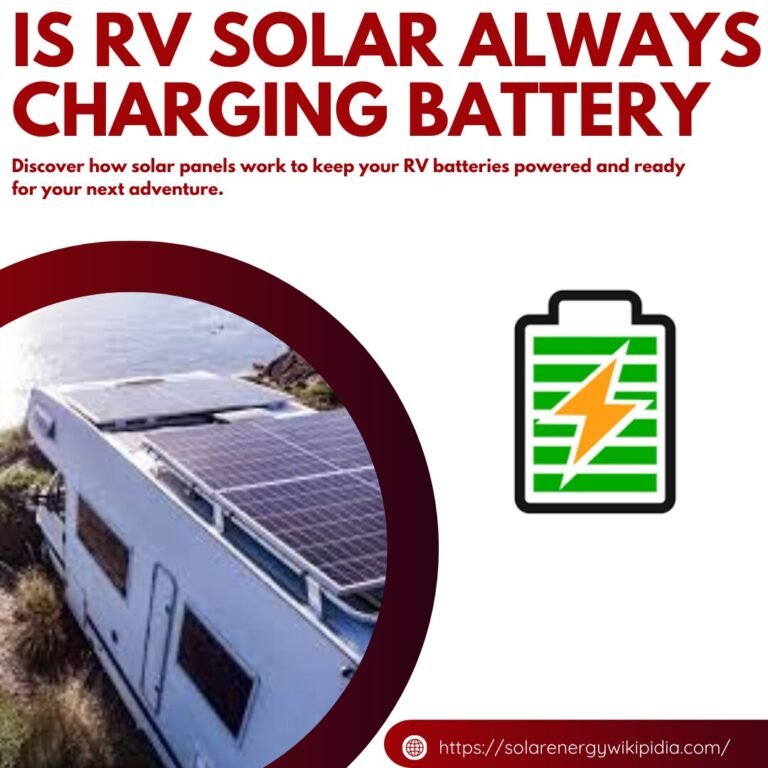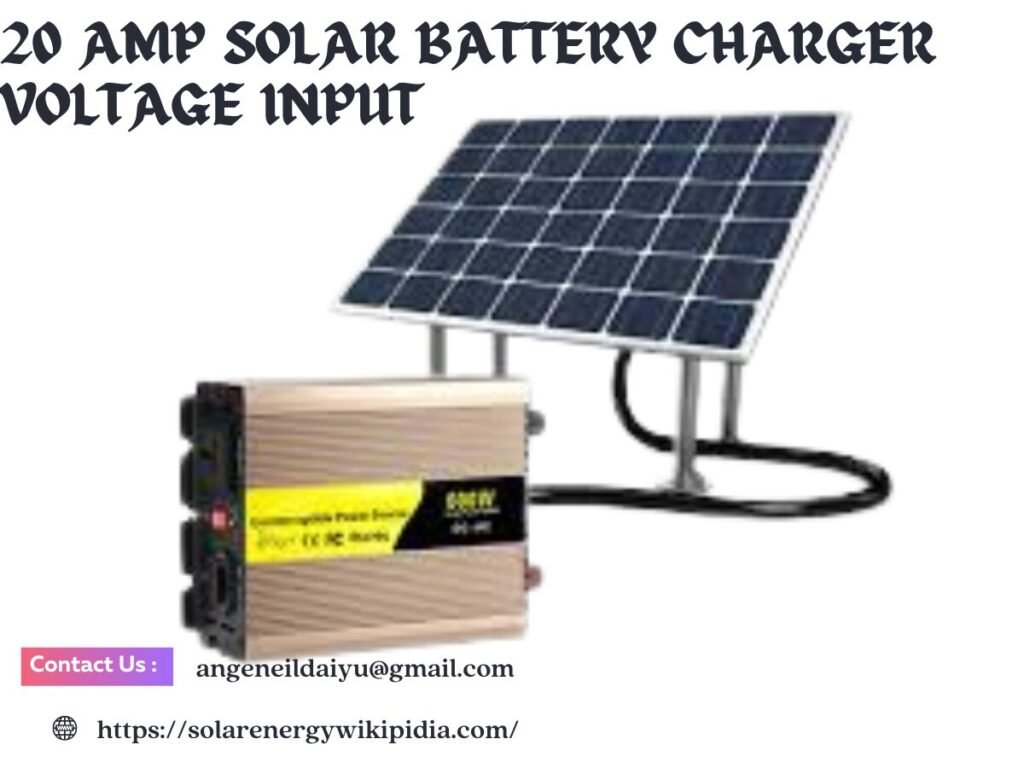
The efficiency of a 20 amp solar battery charger voltage input, is designed to deliver optimal power for your solar energy needs.
Are you tired of watching your solar battery system underperform when cloudy weather hits?
Many solar enthusiasts face the frustration of inefficient charging, especially when dealing with varying voltage inputs from their panels. A reliable 20-amp solar battery charger could be the solution you’ve been searching for. Whether powering your RV adventures or maintaining a home backup system, getting the right voltage input is crucial for protecting your investment. Understanding how these chargers work can mean distinguishing between a fully charged battery bank and potential system damage.
Table of Contents
What is a 20 Amp Solar Battery Charger?
A 20 amp solar battery charger is a specialized device that converts solar energy into electrical power for charging batteries. It acts as a bridge between your solar panels and battery bank, controlling the flow of electricity.
The “20 amp” rating shows the maximum current the charger can handle, making it perfect for medium-sized solar systems. These chargers come with built-in safety features to prevent overcharging and battery damage. They work with various battery types, from lead-acid to lithium-ion, adjusting the charging process automatically. Most importantly, they help extend your battery’s life by providing consistent, regulated charging power throughout the day.
Solar Battery Charger Specifications
| Component | Specifications | Notes |
| Current Rating | 20 amp | For medium solar systems |
| Input Voltage | 12V – 24V DC | Standard operating range |
| Optimal Voltage | 18V – 22V | For 12V battery systems |
| Battery Types | Lead-acid, Lithium-ion | Auto charge adjustment |
| Safety Features | Overcharge protection | Built-in protection |
How Voltage Input Affects a 20 Amp Solar Charger’s Performance
Voltage Input Basics
Solar panel voltage directly affects how well your 20 amp charger fills batteries. Higher voltage means faster and better charging in all conditions.
Too little voltage stops charging, while too much triggers safety shutoffs.
Managing Fluctuations
Panels produce different voltages as sunlight changes through the day. The charger must handle these changes while keeping steady output. It’s like a voltage traffic controller, keeping everything balanced.
Temperature Effects
Heat lowers panel voltage while cold raises it. Good chargers adjust for this automatically. This keeps charging steady in all weather.
Panel-Battery Match
Panel voltage must match charger specs perfectly. For 12V batteries, panels should give an 18-22V minimum. This ensures smooth power flow.
Wire Distance Impact
Long wires reduce voltage before reaching the charger. Plan for these losses to keep charging strong. Shorter wires mean better charging.
Best Operating Range
Each charger has its sweet spot for voltage input. Staying in this range keeps your 20 amps flowing properly. This means faster, better charging overall.
20 Amp Solar Battery Chargers Voltage Input Essentials
Ever wondered why your solar charging system isn’t performing at its best? The secret lies in understanding voltage input basics for your 20 amp solar charger. Think of voltage input like water pressure – you need enough pressure to fill your battery efficiently.
Most 20 amp chargers work best with solar panels providing 18-22 volts for 12-volt battery systems. Getting this wrong is like trying to fill a swimming pool with a garden hose – it just won’t work efficiently. Your charger needs the right voltage input to deliver its full 20 amp charging potential.
How do you make sure your charger gets the right voltage?
Start by looking at your solar panel setup and how you’ve connected them. Too many panels in a series can push voltage too high, while parallel connections might not provide enough.
Temperature plays a big role too – cold days increase the voltage while hot days decrease it. Your charger needs to handle these changes while keeping your batteries safe. The good news is that modern 20 amp chargers include built-in protections for voltage fluctuations.
What Voltage Works Best?
The best voltage depends on your specific application and needs. Different devices and systems require different voltage levels to function properly and safely.
Using too high a voltage can damage or destroy electronic components. Most consumer electronics in the United States operate on 120V AC power from wall outlets.
Battery-operated devices typically use much lower voltages, often between 1.5V to 12V DC. These lower voltages are safer for portable devices and small electronics.
Industrial equipment often requires higher voltages for powerful operations. Heavy machinery may use 240V or 480V three-phase power systems.
20 Amp Solar Charger Voltage Input
Solar Panel Requirements
Solar panels need to supply the right voltage for your 20-amp charge controller to work effectively. Most 20-amp solar charge controllers accept input voltages between 12V and 24V DC.
The actual voltage from solar panels can vary depending on sunlight conditions and temperature.
Voltage Considerations
The input voltage from your solar panels must match your charge controller’s specifications. Higher voltage panels can be wired in parallel to maintain voltage while increasing current. Too much voltage can damage your charge controller and connected batteries.
Battery Compatibility
Your charge controller must match your battery system’s voltage requirements. Most 20-amp controllers work with 12V or 24V battery banks. The controller regulates the solar panel voltage to safely charge your batteries.
Safety Measures
Always check voltage ratings before connecting solar panels to your charge controller. Include a circuit breaker or fuse between the solar panels and the charge controller.
Monitor your system’s voltage regularly to ensure proper operation.
Conclusion
A 20-amp solar battery charger needs the right voltage input to work effectively. Most models require between 12-24 volts DC from solar panels. Higher voltages can damage the charger, while lower ones won’t charge properly. Match your solar panel voltage to your charger’s specs for the best results. Keep in mind that the actual charging current may vary based on sunlight conditions.
FAQs: 20 Amp Solar Battery Charger Voltage Input
Q: What voltage do I need for a 20-amp solar charger?
A: Most 20 amp solar chargers need 12-24 volts DC input from your solar panels.
Q: Can I use higher voltage panels with my 20 amp charger?
A: No. Using a higher voltage than specified can damage or destroy your charger.
Q: Will my batteries charge faster with a higher voltage input?
A: No. The charging speed depends on the 20 amp current limit, not the input voltage.
Q: What happens if my solar panel voltage is too low?
A: The charger won’t work properly and may not charge your batteries at all.
Q: Do I need to match my panel voltage exactly?
A: Your panels should provide voltage within the charger’s input range, typically listed on the device specs.
